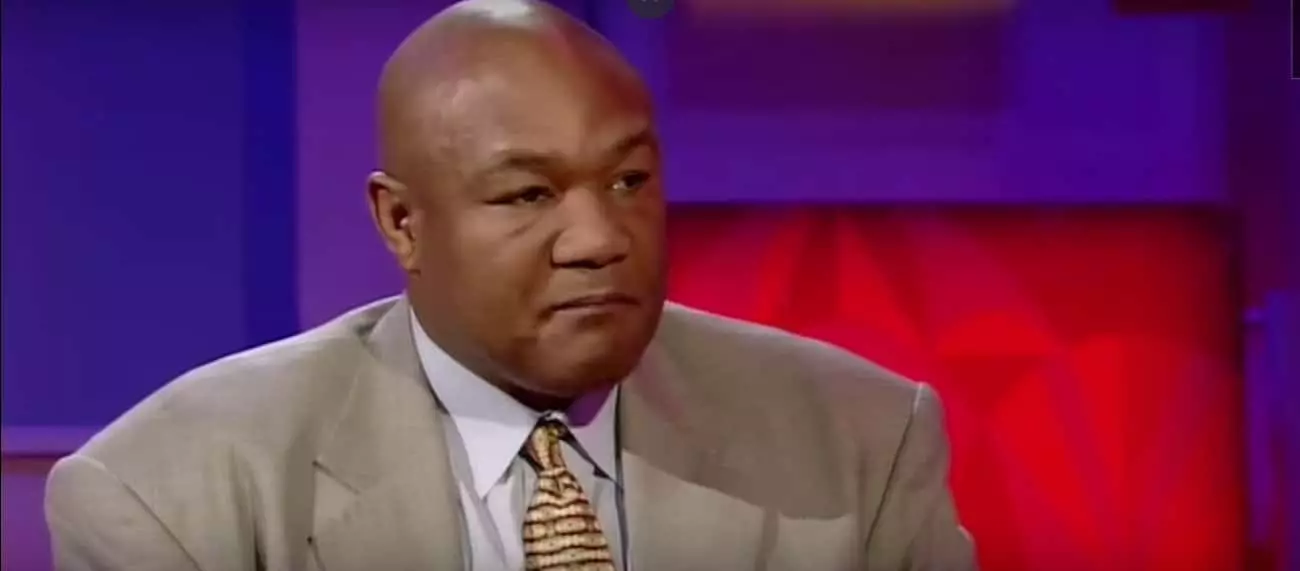George Foreman, a name that resonates with boxing enthusiasts and casual fans alike, celebrates his 76th birthday today. Born in Marshall, Texas, on January 10, 1949, Foreman’s life story is not just one of sporting achievement but also one of reinvention and rediscovery. From his beginnings as a troubled youth to becoming a world champion and later a beloved public figure, his journey reflects the transformative power of perseverance and commitment.
Foreman’s divergence from a life of delinquency to boxing stardom was largely catalyzed by the Jobs Corps program, an initiative established by President Lyndon Johnson. The program aimed to assist underprivileged youth by providing educational and vocational training. For the young Foreman, it became a gateway to a new identity. Seeking an outlet to shed weight and channel his adolescent frustrations, he ventured into a local boxing gym. There he caught the attention of trainer Doc Broadus, who recognized his potential. This pivotal moment marked the beginning of an extraordinary chapter in Foreman’s life.
In 1968, after only one year in the sport, Foreman made waves on the international stage by winning a gold medal at the Mexico City Olympics. With a modest amateur record of 16-4, his victory was surprising but not unwarranted. He faced off against renowned Russian boxer Jonas Cepulis in the finals, where he showcased his raw power and determination. Foreman’s victory was not only a personal achievement; it was emblematic of a broader narrative of triumph amidst societal challenges, as captured poignantly in his post-fight display that contrasted sharply with the Black Power salute of John Carlos and Tommie Smith.
Transitioning from the amateur circuit to the professional arena, Foreman quickly established himself as a force to be reckoned with. His swift rise culminated in a thunderous victory over Joe Frazier in January 1973, a match that has become legendary among boxing aficionados. Foreman’s brute strength and imposing physical presence painted the picture of an invincible champion. However, much like his mentor Sonny Liston, Foreman’s reign faced an unexpected challenge from Muhammad Ali in what became known as “The Rumble in the Jungle.” This difficult loss was a critical juncture, leaving him vulnerable and questioning his purpose and ability as a fighter.
A Decade Away: Reflecting and Rebuilding
After being defeated by Jimmy Young in 1977, a deeply despondent Foreman retreated from the boxing scene for nearly ten years, a period marked by soul-searching and newfound spirituality. During this hiatus, he redefined himself, investing in his community through the establishment of a Youth and Community Centre. However, financial pressures prompted a comeback in 1987—a bold return that many deemed improbable.
The Unforgettable Comeback
Foreman’s return to the boxing ring was nothing short of miraculous. This second act saw him embrace a new philosophy, shedding the aggressive persona of his youth. With the guidance of seasoned mentors like Archie Moore, he honed his craft once more, emphasizing technique and strategy over sheer power. Foreman’s unlikely victory against Michael Moorer in 1994, two decades after his first heavyweight title loss, crowned him a two-time champion. This incredible comeback is celebrated as one of the most remarkable stories in sports history, symbolizing resilience and the ability to turn setbacks into monumental achievements.
Post-retirement, Foreman became not only a successful businessman but also a cherished figure in American culture. From his successful line of grilling appliances to his appearances on television, Foreman managed to reinvent his public persona. Today, as he reaches 76, he stands as an emblem of tenacity and charisma, having transformed his life from one fraught with challenges to a saga of inspiration and hope. His journey is a testament to the idea that it’s never too late to change one’s path, making George Foreman not just a legendary boxer, but also a global treasure celebrated by millions around the world.

